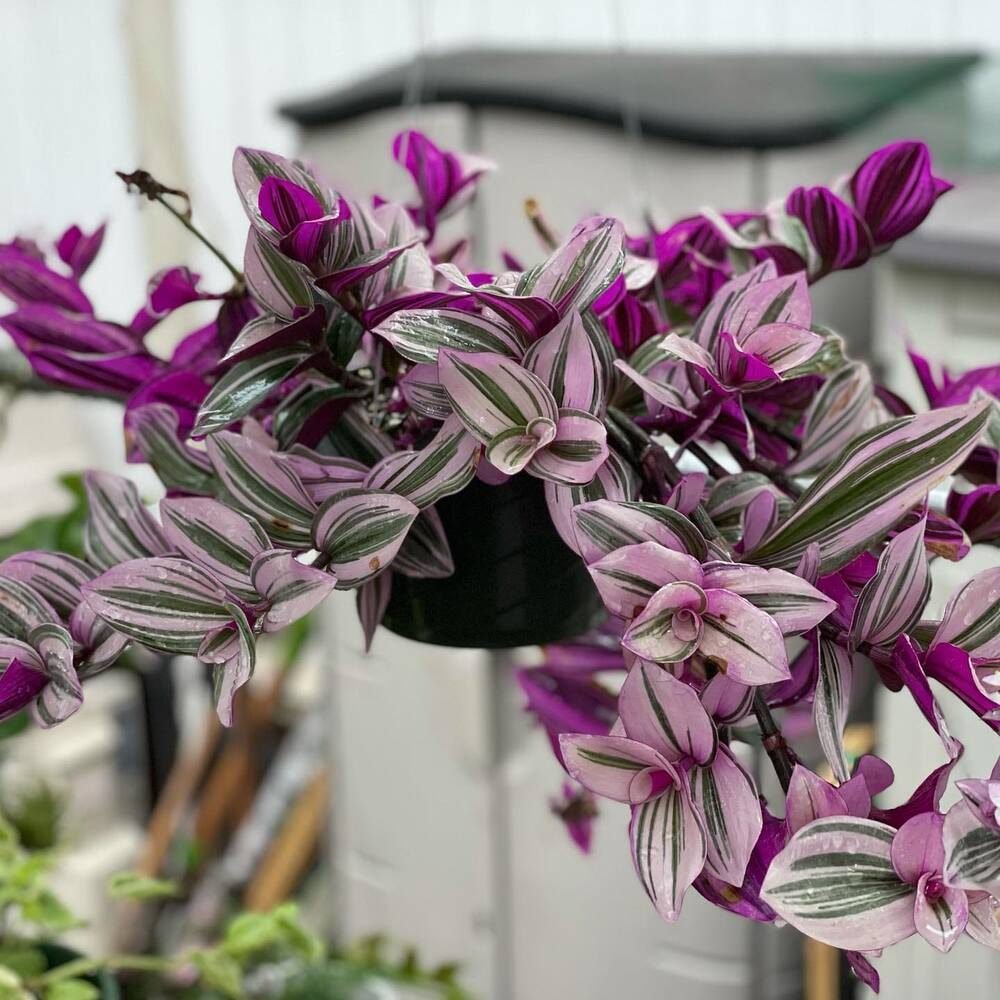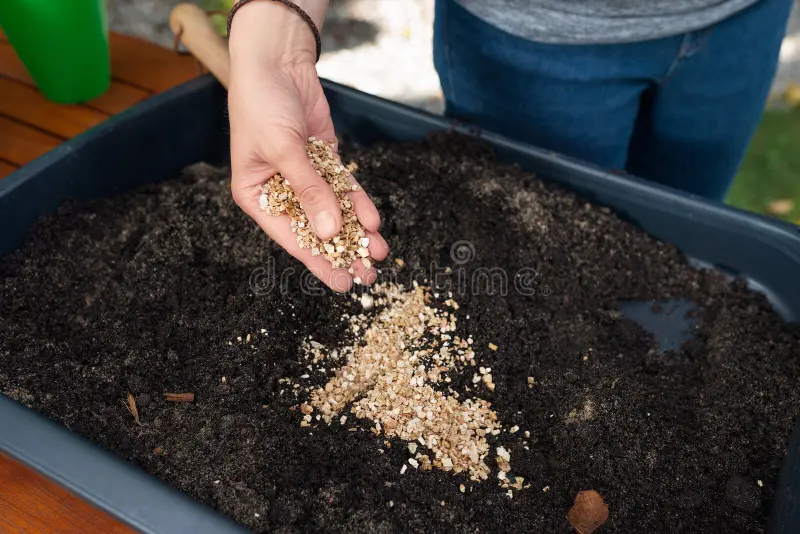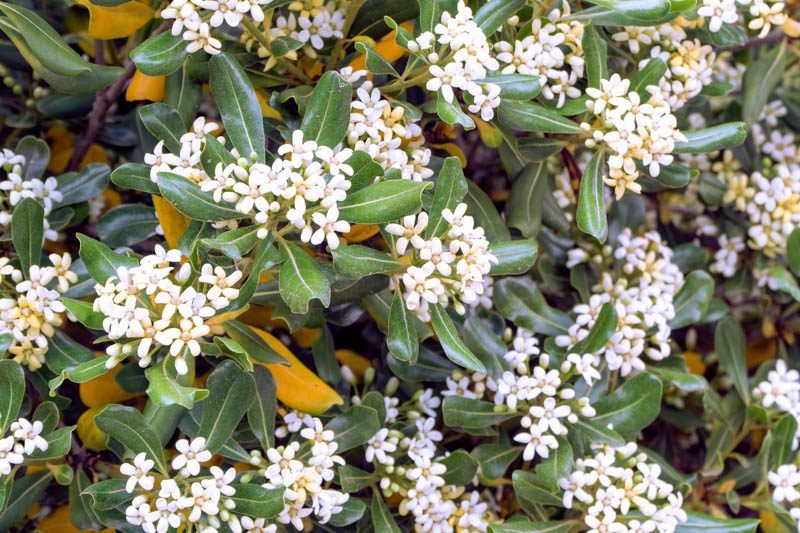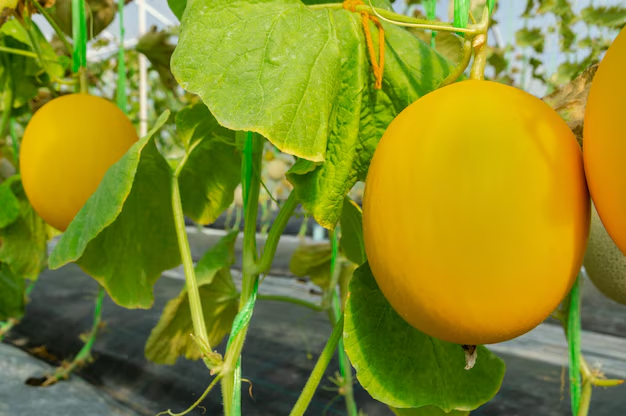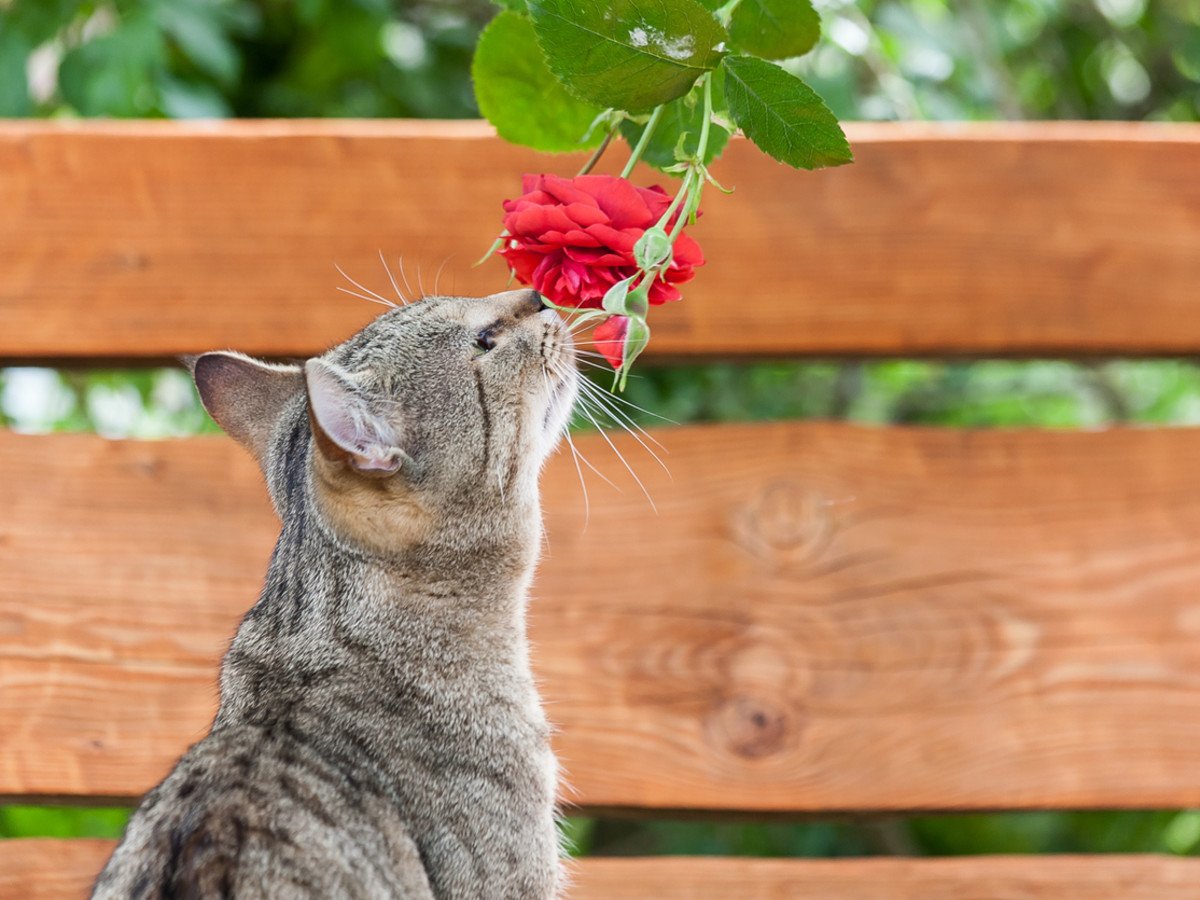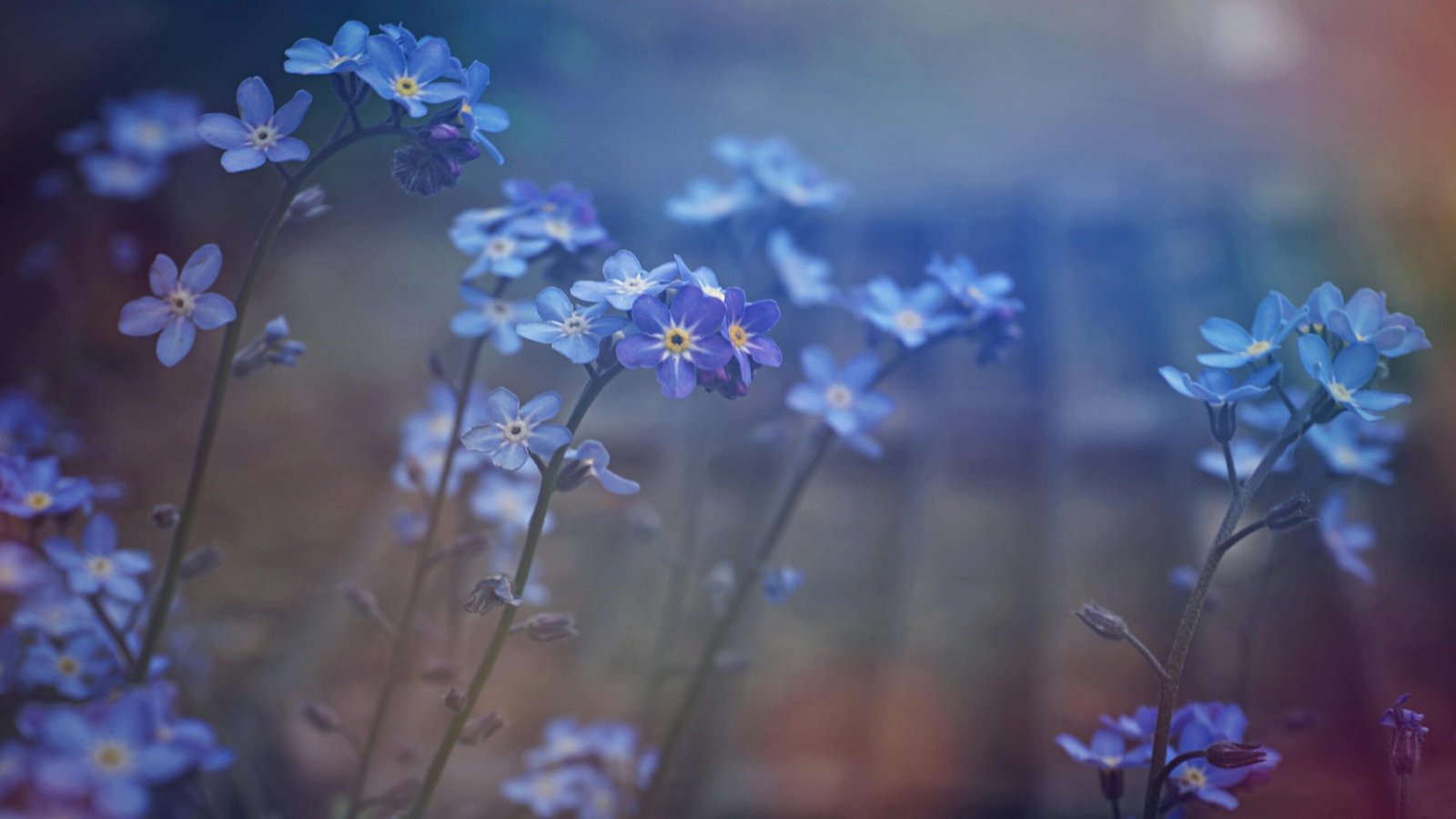Welcome to GardenKT. If you’ve ever seen a lush basket of trailing purple and green leaves spilling down a shelf or climbing across a trellis, chances are you’ve admired a wandering jew plant—more kindly called wandering dude or simply Tradescantia.
This plant has a reputation for being both tough as nails and strikingly beautiful, which is why so many gardeners fall in love with it. I’ve had one nearly die on me more than once, only to bounce back bigger and better with a little attention. That’s part of the charm: they forgive neglect, reward care, and are endlessly easy to share with friends.
In this guide, let’s dive into everything you need to know about wandering jew plant care—from light and water to pruning, flowering, and even what to watch out for with pets.
Why People Love Wandering Jew Plants
-
Resilient survivors – They can nearly die and come back thriving with proper care.
-
Fast growers – Indoors or outdoors, they spread quickly.
-
Easy to propagate – Just snip a stem, pop it in soil or water, and you’ve got a new plant.
-
Striking foliage – Variegated purple, green, and silver leaves make them stand out.
-
Versatile growth – They’ll trail beautifully in a hanging pot or climb a trellis if given support.
No wonder they’ve been houseplant staples for generations.
Light Needs for Wandering Jew Plant Care
Light is everything for a healthy Tradescantia.
-
Place them in bright, indirect sunlight to keep leaves colorful and stems compact.
-
Too little light = long, spindly, leggy growth.
-
Outdoors in summer sun, they often grow several times bigger than indoor plants.
If you want vibrant purple hues, don’t skimp on light. A sunny window, greenhouse, or even grow lights will do wonders.
Watering and Soil Tips
The wandering jew plant likes even moisture, especially when establishing new roots.
-
Keep soil light and well-draining.
-
Water when the top inch of soil feels dry, but don’t let the pot sit in standing water.
-
During hot summers or when grown outdoors, you’ll find they drink up water quickly.
Pro tip: When moving them back indoors for winter, refresh the soil to avoid bringing pests inside.
Pruning and Propagation
If you take one thing away about wandering jew plant care, let it be this: prune often.
-
Left alone, stems get long, heavy, and brown at the base.
-
Snipping them back keeps the plant bushy and healthy.
-
Cuttings root easily in either water or directly in soil.
I often trim mine, replant the cuttings back in the same pot, and in no time it looks fuller. Any extras? Hand them to a neighbor or local school greenhouse—this plant loves to be shared.
Support and Training
These plants may trail naturally, but with a trellis, moss pole, or support, they’ll happily climb upward.
Gardeners often notice the plant “finding” the trellis on its own, making it a fun one to train vertically. Without support, heavy stems may collapse and die back, so a bit of structure makes a big difference.
Flowering: Do Wandering Jew Plants Bloom?
Yes—all Tradescantia species can flower.
-
Flowers are usually small but charming.
-
Bright light and a potassium-rich fertilizer encourage blooming.
-
Some even flower regularly in small pots, especially when slightly stressed.
The blooms may not be the main show, but they’re a nice bonus on top of the foliage.
Outdoor vs Indoor Growth
-
Indoors: Great in bright windows, hanging baskets, or on trellises. Needs pruning and care to avoid legginess.
-
Outdoors: Thrives in warm months, growing massive in the sun.
-
Winter: Not frost-hardy. If you live in a cold region, bring it indoors before temperatures drop.
Note on invasiveness: In warm climates like Hawai‘i, California, or Vietnam, wandering jew plants can become invasive, taking over garden beds or stream banks. Always check local guidelines before planting outdoors.
Pets and Safety
One thing to keep in mind: wandering jew plants are toxic to cats and dogs.
They may cause skin irritation or stomach upset if chewed. If you have curious pets, keep this plant out of reach or opt for a pet-safe alternative.
Names and Cultural Notes
This plant has been called many things—wandering jew, wandering dude, inch plant, and Tradescantia. In Argentina, locals call it “Amor de hombre” (Man’s Love).
Many plant lovers now prefer the friendlier term wandering dude or just the scientific name. Whatever you call it, it remains one of the easiest and most forgiving houseplants you can grow.
Final Thoughts on Wandering Jew Plant Care
If you want a low-maintenance, fast-growing, and endlessly shareable plant, the wandering jew is a perfect pick.
-
Give it bright light for color and compact growth.
-
Water consistently, but don’t overdo it.
-
Prune often and replant cuttings to keep it bushy.
-
Use a trellis or support to let it climb naturally.
With just a little care, you’ll have a cascading showpiece of purple and green leaves that feels alive with energy. And if yours ever looks tired? Don’t worry. Trim it back, give it light and water, and watch it bounce back stronger than ever.
